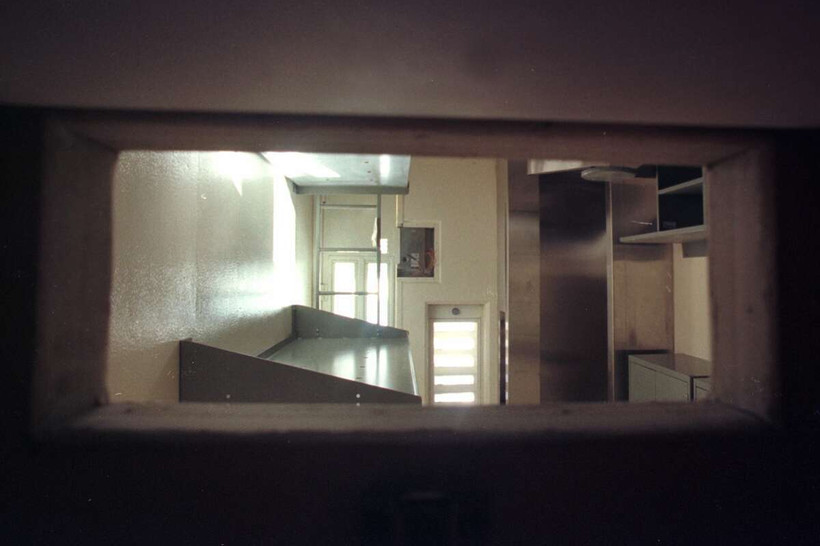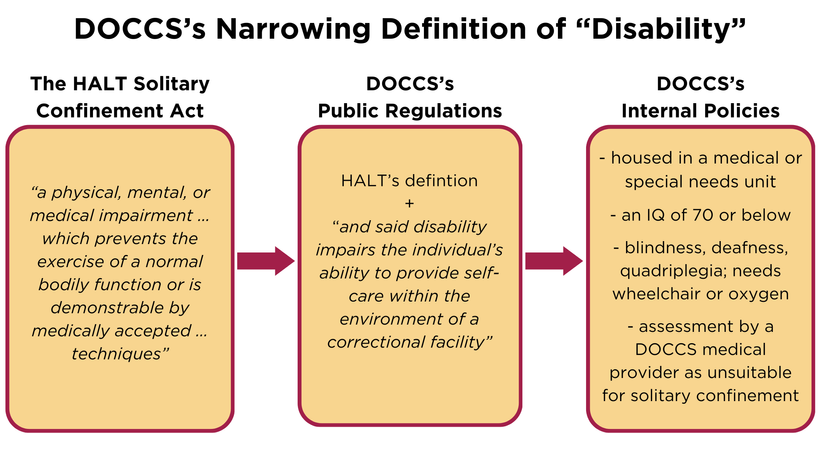Prisons Are Illegally Throwing People With Disabilities Into Solitary Confinement
Lawmakers banned solitary confinement for people with disabilities. But the state prison agency has crafted its own policies.

- State Prisons Are Routinely Violating New York’s Landmark Solitary Confinement Law
- Solitary by Another Name: How State Prisons Are Using ‘Therapeutic’ Units to Evade Reforms
- Lesser Infractions Aren’t Supposed to Land You in Solitary Confinement. They Do Anyway.
- New York’s Prison Chief Ordered Guards to Illegally Shackle People to Desks
- To Implement a New Law, Prisons Likely Broke Another
- Can Anyone Make New York Prisons Follow Solitary Confinement Law?
- Prison Department Writes Its Way Out of Following Solitary Confinement Law — Again
- A Law Hasn't Fixed Solitary Confinement in New York. Can a Lawsuit?
- How New York’s Maximum-Security Women’s Prison Has Failed to HALT Solitary Confinement
- The Biggest Issue Behind the New York Prison Guard Strike
This article was published in partnership with the Albany Times Union.
This article was published in partnership with the Albany Times Union.

Correction: A previous version of this article stated that Governor Kathy Hochul signed halt into law. It was former Governor Andrew Cuomo.



